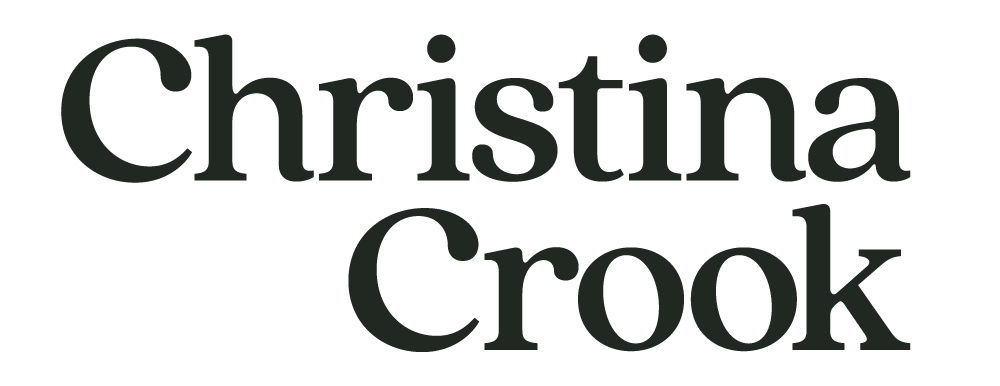Learning from The Social Dilemma
This week, I want to talk about a paradox in our relationship with technology that I think people often overlook.
We’re so used to looking at our devices as something other than ourselves. With all their chains of code, shiny screens and overwhelming algorithms, they seem so different to our own, far simpler, organic lives.
But did you ever consider the fact that technology began with humankind? It was made by people just like you and me. Behind every digital interface is a human face. Kind of nuts when you think about it, right?
If we made technology, we have the power to remake it in a way that better suits our own organic lives—and with a lot more joy.
So how do we start flipping the digital narrative from bad to good?
You watched the Social Dilemma, now what?
The Social Dilemma really hit home with me. It reconfirmed my concerns about the hold tech has on our lives and the myriad ways it negatively impacts our health. It got me questioning how far I could go to challenge the status quo.
One of the many problems the documentary explores is the hook model, which you can read about here. But it wasn’t all doom and despair. The film also offered an insight into how big tech has the potential to create real, positive change in society.
That made me think.
Technology is a good slave but a terrible master
One thing that’s clear from The Social Dilemma is that technology is a tool. And a tool is something to be used by us, not the other way around. How would you feel if a hammer started asking you for attention all of the time? Jokes aside, that’s exactly what your phone and laptop do on a daily basis.
My recent chat with ex-Google employee and author of ‘Stand Out of Our Light: Freedom and Resistance in the Attention Economy,’ James Williams, was a real eye opener into the way tech demands our attention, our time, and our joy.
Let me share some key takeaways from my chat with James:
It was designed this way. Social media and digital marketing, overt and covert, are systematically designed to manipulate emotions and maximize hold on our attention.
Technology is intended to shape us as consumers. The business incentives behind tech icreate systems that steer human behavior and shape our psyches in ways that favor profitability over joy.
Taking intentional, mindful control of our inputs is the key to improving our relationship with technology. The source of nearly all harm from new media is information overwhelm and over-connectedness, which disrupts our natural instincts to find meaning and form bonds. The only solution is to change the dynamic to one of thoughtful, not passive, consumption.
It’s clear that at the moment, tech is in the driving seat of our relationship, and most of us act as though we’re fine with that. We mindlessly scroll away the minutes and hours, and it’s only when we run into trouble that we’re reminded we might want to change our habits.
The Social Dilemma makes it pretty clear that we’ve run into a bit of trouble. After a bit more thinking, it also makes it apparent that if we want to change our habits, the power is literally in our hands.
It’s the way we choose to interact with digital mediums now that will shape the way we get to live alongside them in the future. So, returning to this month’s theme of all things new—now is the best time to start taking the power back.
If we’re on the same wavelength, here’s a couple more things you can do to begin doing that right now:
Read The Trust Manifesto by Daman Bradfield and listen to his JOMO(cast) interview
Learn about three key organizations working to build a better digital future: Center for Humane Technology, Pivot for Humanity, and Data & Society.
Last but not least, join Navigate to take back control of your digital life and inspire others to do the same.

